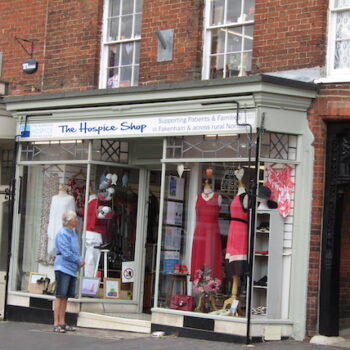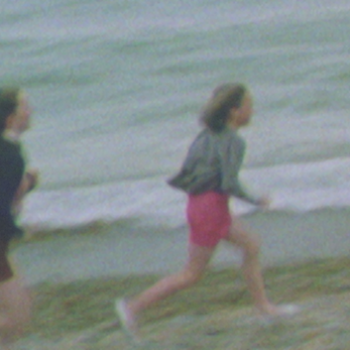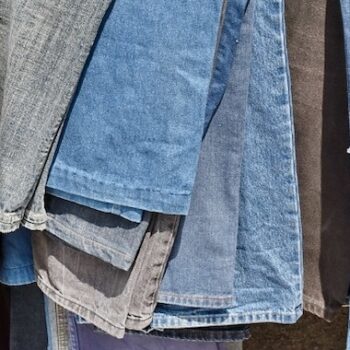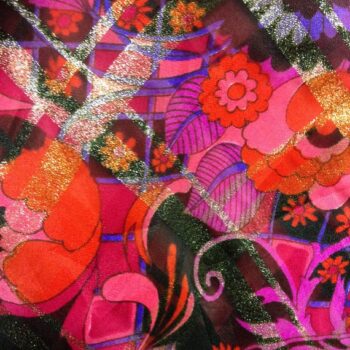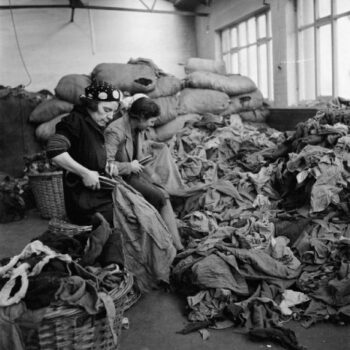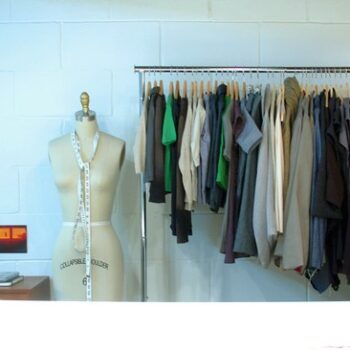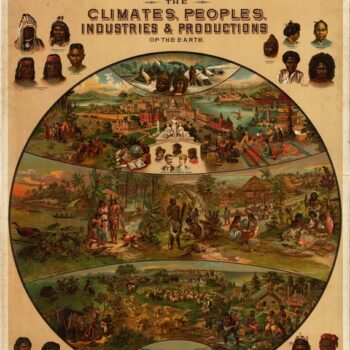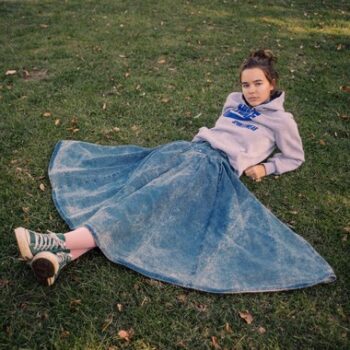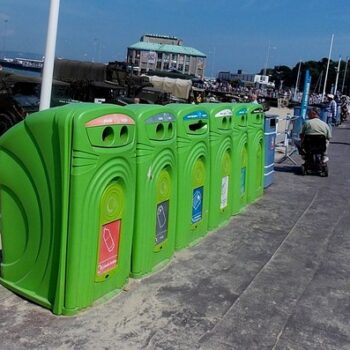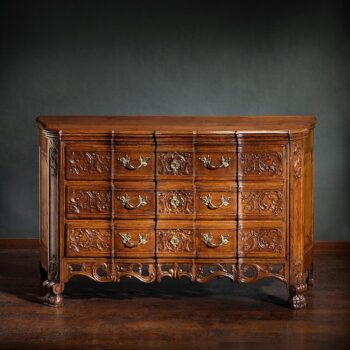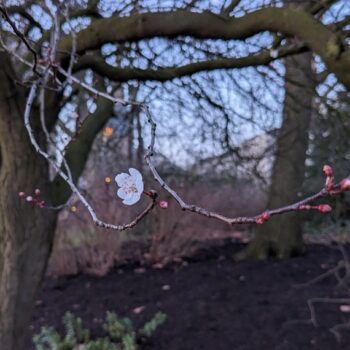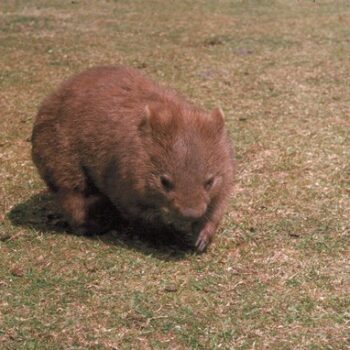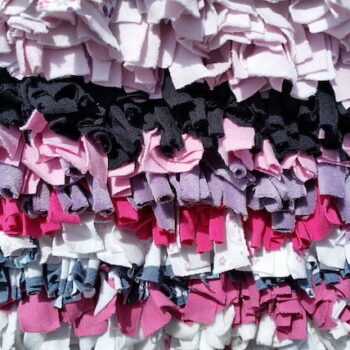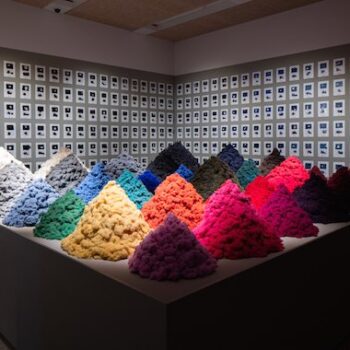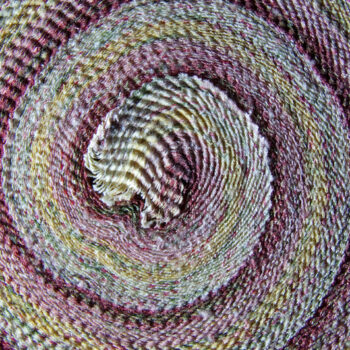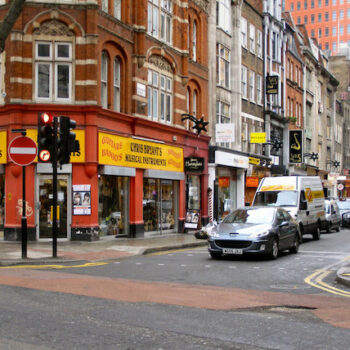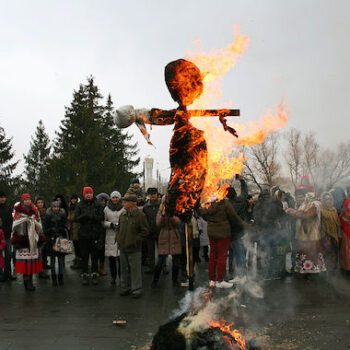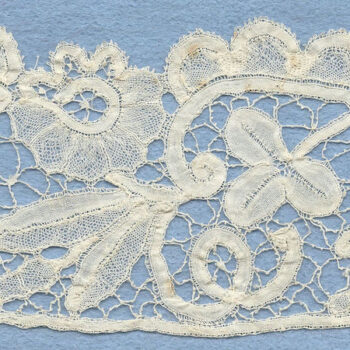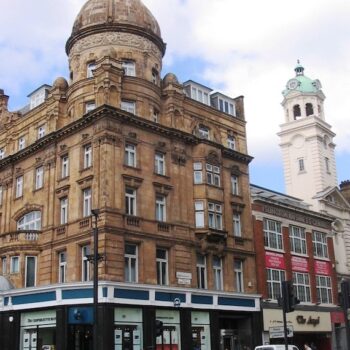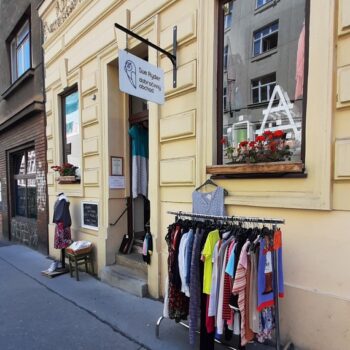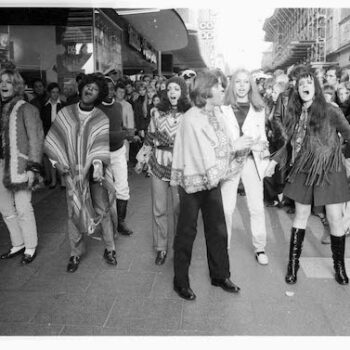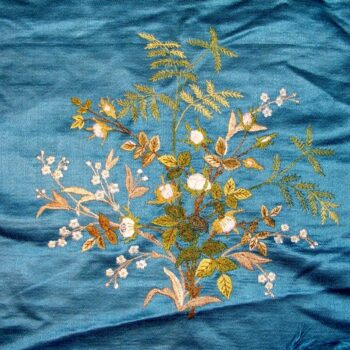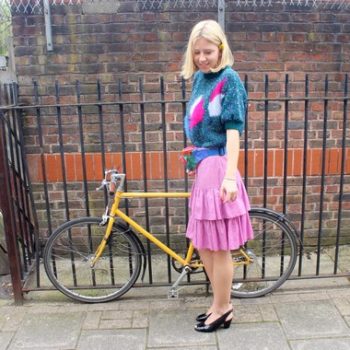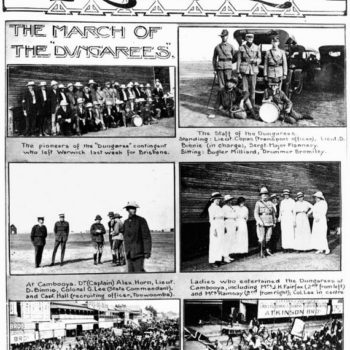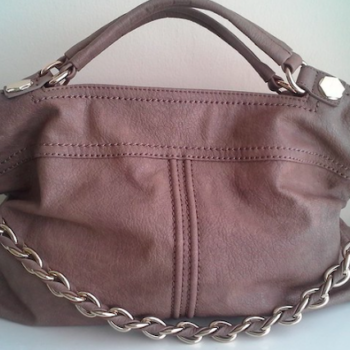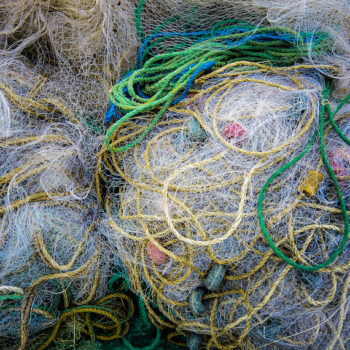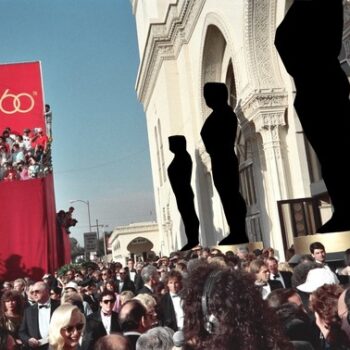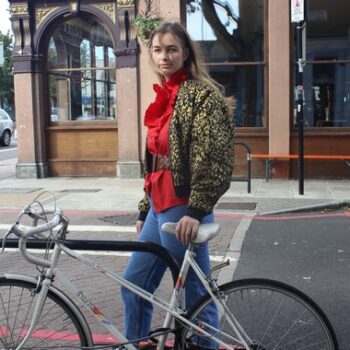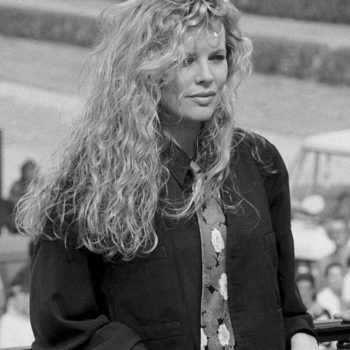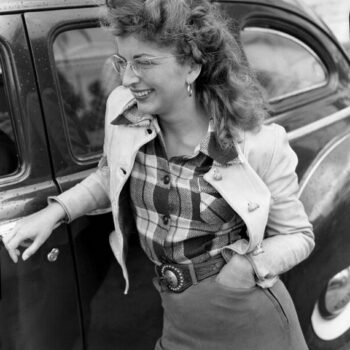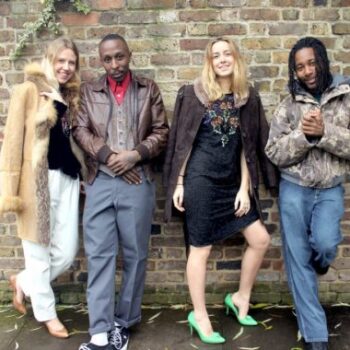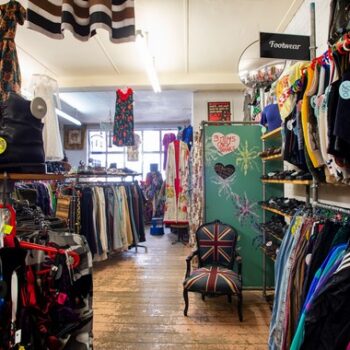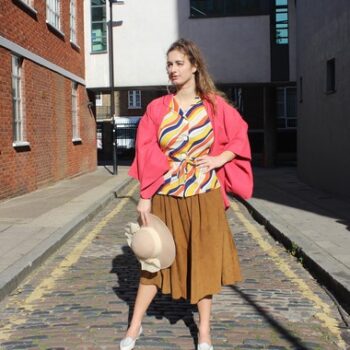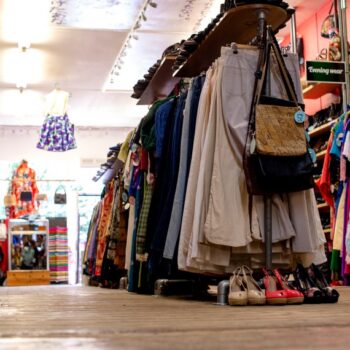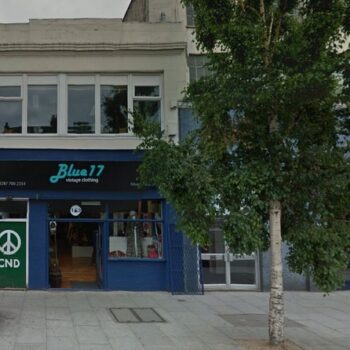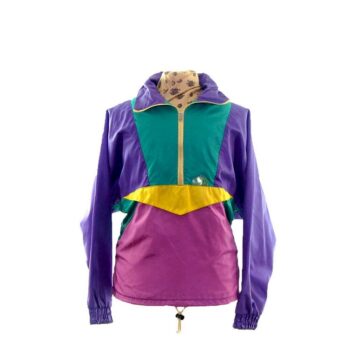Where to recycle clothes near me
January 6, 2024Wondering where to recycle clothes near me? There are several options. Textile recycling is great because tons of textile go to waste. Even better than recycling is re-use.You can drop your good condition clothes at a thrift store or clothing recycling bins, sell them to a vintage store, set up a car boot stall or post each item online individually, to sell through a resell app.
If donating clothing to charity shops , the Salvation Army and other local organizations , they will decide whether your clothes are something they can resell as is, or if they would prefer to have them reused or recycled. Recycled clothes can be made from textile waste. The fabric can also be shredded into tiny bits of fluff according to material type and re-spun into new thread, and that thread re-woven into new fabric. But you can also re-use fabric yourself. Here are some clothes shoes projects you might want to try.
Where to recycle clothes near me – Patchwork
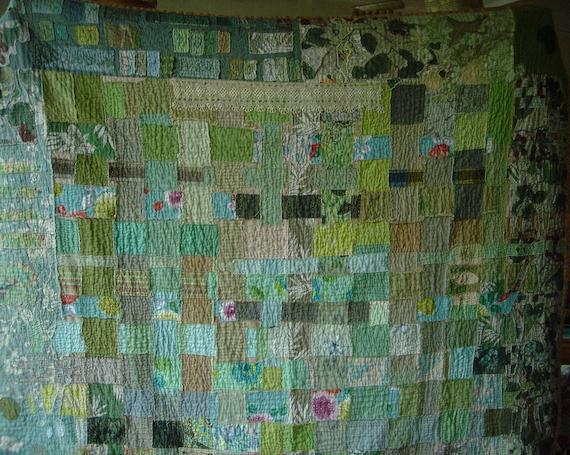
Where to recycle clothes near me
Patchwork has a whole history behind it. Before the 20th century in most countries of the world, making fabric was difficult, expensive and time consuming. It was a really precious resource. Even really rich people didn’t have new clothes every week. But once you had your new clothes, you’d wear it until it had holes in it. Then the holes would probably be patched. The patches were usually made from a different fabric. They were visible. If you couldn’t patch the fabric any more, you could make a smaller garment from the fabric, like children’s clothes, perhaps. You would save what you could. And when that had been passed down from child to child in a family and was no longer wearable, you might save an even smaller piece of fabric from the child’s clothing.
Traditional recycling
All these tiny pieces of fabric were sewn together to make a bigger piece. It was traditional for that to form a bedspread in England and America, and in Japan it was made back into working trousers and jackets. The results are so beautiful. Making patchwork is a long, slow process, so it was turned into an art-form. Many traditional patterns exists to lay out every patch of fabric to form a harmonious pattern. They usually user regular, straight sided shapes like triangles, squares or hexagons. There is also “crazy” patchwork, like crazy paving. This is irregular, fitting scraps of fabric in different shapes together cunningly. If it is for a bedspread, it might then be backed with another piece of fabric, padded with wadding in between, and quilted.
Where to recycle clothes near me? In your own home!
You can try this yourself, using fast fashion clothes you no longer want even if it’s in poor condition. Consider different colours and prints and see what goes well together. You can also have fun by visiting second hand shops and buying clothing and recycling collection especially to fit your colour scheme. It works best if the fabric is all the same weight. So, for example, buy only cotton shirts, or corduroy trousers.
Recycling Saris into Kantha
A beautiful Indian technique that is being seen more often in the UK lately, kantha is a way of using old saris to make new scarves, jackets and accessories. Saris are created in many different beautiful colours and patterns. They are either silk or polyester. The original saris are created in very long lengths of fabric, so it is quite easy to turn unwanted ones into simple shapes like scarves, avoiding any worn parts.
It was originally used in rural parts of Bangladesh and East India. Women would turn their old clothing into bedspreads or thin cushions by layering many old saris together. The simplest form is running stitch around the edges in straight lines. But the same simple running stitch can also be used to form birds, leaves and flowers.
A kantha scarf is made by sewing two different pieces of sari fabric together into a scarf shape, with the right sides facing out. They are then further stitched with a simple embroidery in the form of long running stitch bands going down the length of the scarf. The colours are chosen by the maker and can be complementary or contrasting. The overlaid colour of the embroidery both enhances and blurs the original design, softening it. The practical effect is to strengthen pieces of fabric that might be worn or fragile.
Where to recycle clothes near me – Sashiko
Sashiko is a Japanese technique which is a little similar to kantha. It is made with a simple running stitch in a contrasting colour to the fabric underneath. Most often the colours seen are light thread on top of dark fabric, for example indigo blue fabric with white stitching. The designs tend to be a bit more complex though, and form a repeating pattern. Example are a wave pattern and star. The result is stunning. Striking yet subtle, somehow. It can be used for a mending technique or to create new clothing or accessories.
Where to recycle clothes near me – Visible Mending
You don’t need to use only small parts of your worn garments to refresh them. In fact, you don’t need to cut them up at all. Usually, the goal is to mend things invisibly, in a way that can’t be detected. You might use tiny stitches to sew up a moth hole in a jumper, taking care to match the colour of your thread to the garment exactly.
But you also might choose to use a completely different colour to mend it. Say, mustard yellow wool on a raspberry pink jumper. You intend for that mend, and all the time and effort you have put into doing it, to be seen. There are different ways to do visible mending. One of them is darning, where you weave a new patch on top of the hole. For that you can use several different colours. You can choose what shape you create, too. Sometimes a regular edged square shape, sometimes a sort of puddle shape, following the contours of the hole. You might find that the edges of your meted patch fall into holes, as the fabric beneath is fragile. No problem, you can patch on top of patch, until the clothing is more mends than original fabric!



